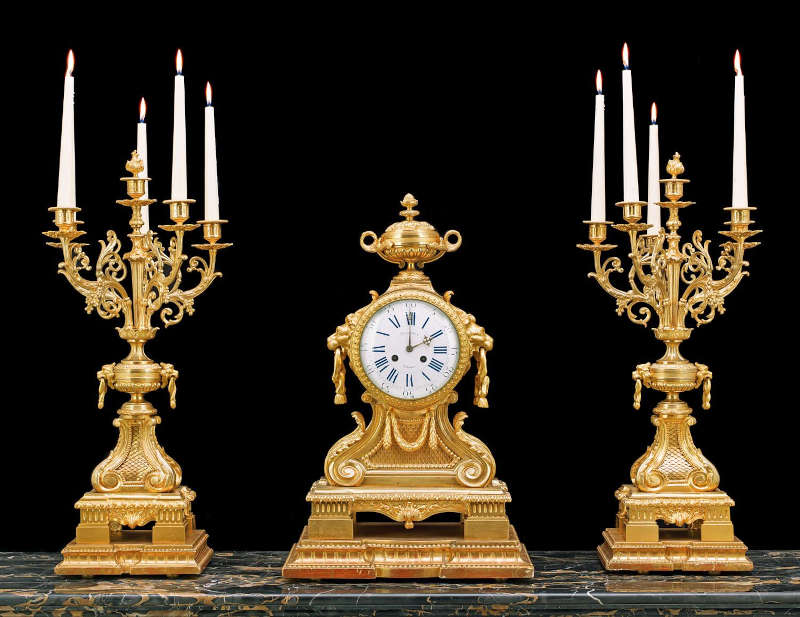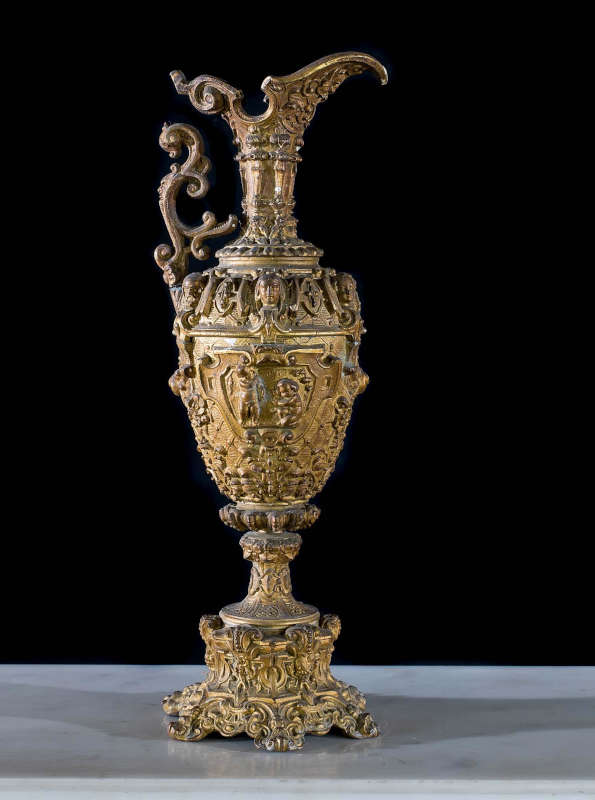What is spelter - and how can you tell if an antique is made out of spelter or bronze?
It’s difficult to spot the differences between the two just by looking at them.
Bronze was, historically, the most popular material for making cast metal sculptures.
Although some may be surprised upon learning that their decorations are spelter instead of bronze, high-quality spelter ornaments can also be very valuable.
After all, antique items made of spelter are a sign of the times when the material was widely used.
Here’s a quick guide for how to identify each material - and therefore determine if something is made of spelter or bronze.

× 
What is spelter?
Ultimately spelter became a key metal for Art Deco sculptures and figurines
Like bronze, spelter is an alloy, which is a metal combined with other elements.
Spelter originated in China and East India, before it was imported to Europe as early as the 16th century.
Demand for cheap spelter grew in the 19th century. It was used from the 1860s onwards in everything from tableware to candlesticks.
Ultimately spelter became a key metal for Art Deco sculptures and figurines.
There was a shortage of copper to make bronze, due to its use in World War I military weaponry, leading to the rise of spelter for decoration instead.
Spelter or bronze?
It’s not easy to tell if an ornament is made out of spelter or bronze
Specifically, what is spelter made of?
Zinc and lead, while bronze is made of copper and tin.
The challenge when it comes to how to tell bronze from spelter, is that spelter naturally ages over time to closely resemble bronze.
So without seeing a clear difference, it’s not easy to tell if an ornament is made out of spelter or bronze.
One difference is that spelter has a lower melting point, but that’s not a very helpful check for an antiques collector!

× 
How to identify spelter
If the object has any cracks visible, it’s likely to be spelter rather than bronze
Relative to bronze, spelter is much softer.
Spelter is also brittle and thinly cast, therefore ornaments made from spelter are fragile and can be easily damaged without care.
If the object has any cracks visible, it’s likely to be spelter rather than bronze. Corrosion also occurs more easily in spelter.
Any scratches on the coating found on spelter should reveal a white or grey colour and any scratches on the base of the item should leave behind a silver mark.
How to identify bronze
Whether your ornaments are bronze or spelter, it’s best to keep them away from any moisture to avoid corrosion
In comparison, bronze feels harder than spelter - if you tap it with something hard, it should make a ringing sound.
Bronze is solid but if the base of the piece has been scratched with a tougher metal, then it should have a gold or yellow colour.
Bronze is unlikely to show damage and is less corrosive than spelter, however it’s also susceptible to ‘bronze disease’.
Finally, bronze is heavier than spelter. However if only the item’s base is heavy, it could be a spelter sculpture attached to a different base, giving it extra weight.
Whether your ornaments are bronze or spelter, it’s best to keep them away from any moisture to avoid corrosion.
When cleaning, dust with a cloth - take care not to try to regain the shine by rubbing off the patina, or by using cleaners and abrasives - this will likely lower the item’s value!
Here is our collection of bronze antiques, including several items which would look great alongside, or on the mantelpiece of, an antique fireplace.
Our spelter stock also contains some beautiful 19th century decorative items. For further queries about spelter or bronze, or about anything in our collection, please contact us.